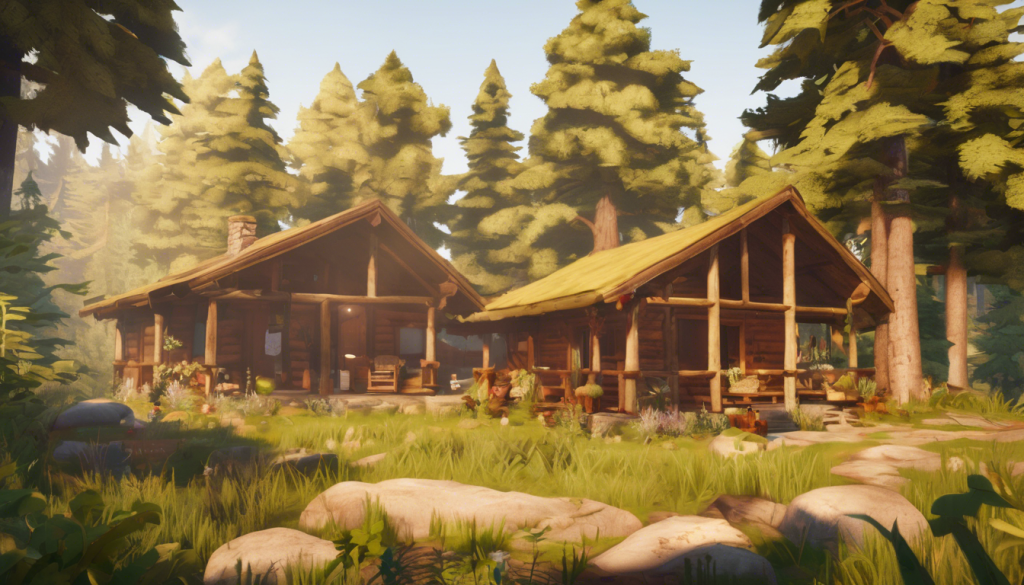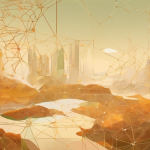
Gaming’s $1.8B AI Revolution: What You Need to Know
The gaming industry is experiencing a revolution, with generative AI reshaping how games are created and played. Currently valued at $1.8 billion in 2025, this market is projected to grow at 25% annually, potentially reaching $11 billion by 2033.
What does this mean for the industry? In practical terms, generative AI is democratizing game development in unprecedented ways:
Small studios can now create AAA-quality content without massive teams, thanks to tools like Unity's Muse and Meta's NeRF that transform 2D images into detailed 3D environments.
By 2025, an estimated 60% of mobile game assets will be AI-generated, dramatically reducing production costs and development time.
Beyond asset creation, AI is revolutionizing gameplay through:
- Dynamic storytelling that genuinely adapts to player choices
- More realistic NPC behaviors with emotional responses
- Automated testing that identifies potential issues before release
Games like Minecraft and No Man's Sky already demonstrate the power of AI-generated environments, offering fresh experiences each time you play.
Despite its promise, challenges remain. AI still struggles with narrative depth and consistency issues. There are also ongoing debates about copyright of AI-generated content and potential job displacement.
The future likely belongs to "AI-native" game companies built around these capabilities from the ground up, creating hyper-personalized experiences that would be impossible through traditional development approaches.
How do you think AI will change your gaming experience in the coming years? Will it enhance creativity or potentially limit human artistic input?
If you found this interesting, please share it with fellow gaming enthusiasts who might benefit from understanding this industry shift.


